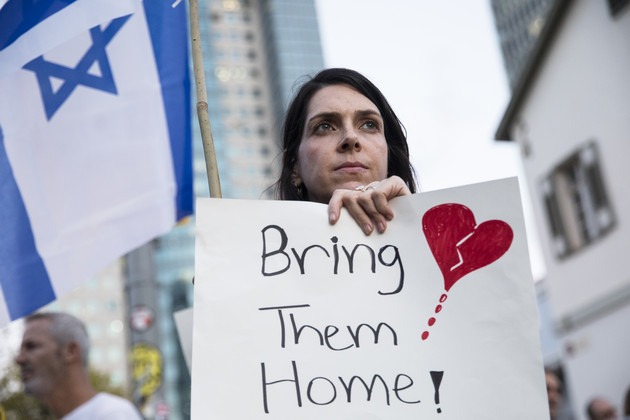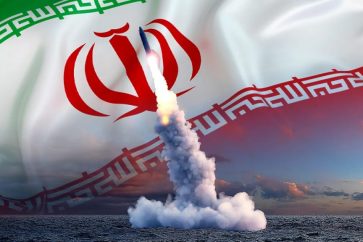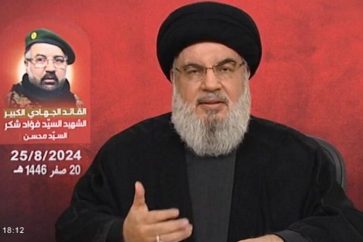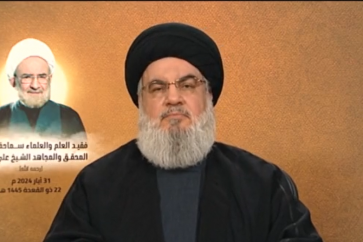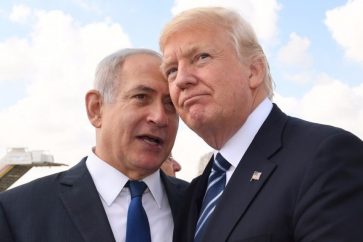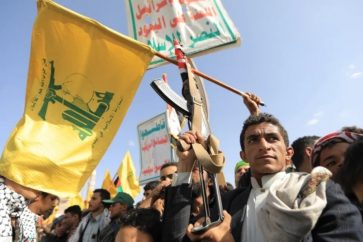In a noteworthy development concerning the protracted conflict in the Gaza Strip, leaders from key parties involved in negotiations have formally declared the culmination of the truce accord, the detainee exchange, and the facilitation of humanitarian aid into the beleaguered region.
Despite nuanced disparities in the proposed frameworks presented by both Palestinian and Israeli factions, the agreement has come to fruition, marking hallmarks of an initial triumph for the Palestinian resistance.
The Qatari foreign ministry, in a moment just preceding the drafting of this article, has conveyed its intent to imminently announce the schedule for the humanitarian ceasefire scheduled for the following day, Friday.
The ministry has announced the commencement of the truce, starting tomorrow at 7:00 a.m.
The release of 50 resistance-held prisoners, including women and children, will occur in four batches. The initial batch, scheduled for tomorrow at 16:00, will comprise 13 children and women.
The finalization of this accord marks a paradigmatic shift, compelling the Israeli enemy to acquiesce to the stipulations. This compliance is primarily attributed to the Israeli military’s inability to amass any actionable intelligence concerning the detainees throughout the 48-day period of hostilities.
The families of the detainees, driven by the lack of information, intensified pressure on the political leadership to reach an agreement. This marks a notable triumph for the Palestinian resistance, securing the first victory in this complex conflict.
Details of Agreed-upon Terms
According to the Israeli Ynet website, the agreed-upon terms between Hamas and the Zionist entity involve the initial release of 53 prisoners by Hamas, with an additional attempt to release twenty more.
In return, the Israeli occupation has committed to a four-day truce, one day shorter than initially demanded by the movement. The deal includes a provision allowing for a two-day extension of the truce if the resistance releases approximately 20 additional prisoners, with the possibility of further extensions if more prisoners are released.
As part of the agreement, Ynet said, the Israeli entity commits to refraining from aerial activity over the Gaza Strip for six hours each day during the initial cease-fire days, while Hamas attempts to locate the remaining captives, preventing ‘Israel’ from tracking detention sites.
There is an assumption on the Israeli part that among the additional twenty prisoners, there may be mothers and children who were not released initially. Additionally, it is anticipated that the exchange will include the release of elderly female prisoners.
Also, according to information from Ynet, the enemy is expected to release between 140 and 150 Palestinian detainees, including women and children, in exchange for Hamas releasing more prisoners and extending the ceasefire.
The list of the 150 Palestinian women and children hostages who will be released by the Israeli occupation as part of the prisoner exchange has been published. The names include:
Israa Jaabes، Ameena Hasheem, Hanan Bargouthi، Zeena Abdo, Walaa Watanji، Aseel Altisi ->> pic.twitter.com/878ok391u8
— Younis Tirawi | يونس (@ytirawi) November 22, 2023
Fuel will be allowed into the Gaza Strip, and humanitarian aid will be increased. Ynet estimates that if the number of prisoners released by Hamas reaches 100, ‘Israel’ will release 300 Palestinian prisoners, and the ceasefire may be extended for ten days.
As per recent information, there are reportedly 236 Israeli prisoners in the Gaza Strip, including 40 children and 13 women.
The enemy estimates that Hamas is holding 80 prisoners who meet the criteria of the deal, i.e., children, mothers, and elderly women. If this number is released, ‘Israel’ would release 240 Palestinian prisoners and adhere to an eight-day truce.
On the other hand, Agence France-Presse (AFP) quoted sources close to the file, stating that the agreement would involve the release of “50 to 100” Israeli civilian prisoners in exchange for 300 Palestinian women and children detained by ‘Israel’.
The exchange process is expected to occur in stages, with ten Israeli hostages released for every thirty Palestinian prisoners per day.
Hamas Version
It’s worth noting that the details reported by Hamas differ from those published by Ynet.
According to the Hamas version, a five-day truce is proposed, during which around 50 non-military and foreign prisoners would be released.
In return, the Israeli entity would release 300 women and children from its prisons. The cessation of fighting would require a halt to air sorties over Gaza, except for the northern Gaza Strip, where air sorties would be limited to six hours a day during the truce.
Additionally, 300 trucks carrying fuel, food, and medical supplies would be permitted to enter all areas of the Strip, and the release of Israeli prisoners would occur in five batches of ten prisoners each day.
Delving more on the Hamas version, the truce terms encompass the following key points:
- A mutual ceasefire, mandating a cessation of all military actions by the occupation army across the entire Gaza Strip for a duration of four days.
- The commitment by the occupation forces not to engage in attacks or arrests in any Gaza Strip areas during the truce.
- Facilitation of unrestricted movement for individuals from north to south along Salah El-Din Street.
- A halt to air traffic in the southern region for the entire truce period and in the northern region for six hours daily.
- The exchange of 50 women and children captives for the release of 150 Palestinian women and children currently held in Israeli prisons.
- The entry of numerous trucks carrying humanitarian, relief, medical, and fuel aid into all areas of the Gaza Strip.
- Prevention of the advancement of Israeli occupation military vehicles into the Gaza Strip.
Hamas concludes its statement by affirming the truce agreement while maintaining vigilance, stating, “we will keep our finger on the trigger, and our brigades will remain on the lookout to defend our people.”
Deal Delayed
The proposed truce and release of prisoners, initially scheduled for Thursday, has been delayed until Friday.
Israeli national security adviser Tzachi Hanegbi announced the postponement in a late-night statement on Wednesday, providing no specific reasons for the delay. However, Channel 13 TV reported that some last-minute details are still being worked out.
According to a Palestinian official speaking to AFP, gaps in the delayed agreement between ‘Israel’ and Hamas include unresolved questions regarding the involvement of the Red Cross.
The Palestinian official highlighted that questions have arisen regarding Red Cross access to the hostages before their release into Egypt, as well as concerns about whether the Red Cross will have continued access to those who remain in custody.
Shift in Israeli Stance
In a press conference following a war council meeting and preceding a ‘government meeting’ to deliberate on the deal, yesterday overnight, Zionist Prime Minister Benjamin Netanyahu, Defense Minister Yoav Galant, and War cabinet Minister Benny Gantz conveyed a sense of urgency and worked to justify their actions to the public.
Netanyahu acknowledged the challenging decision facing the Israeli government but emphasized its necessity, stating, “the hostages will be released in stages.” He highlighted his efforts to seek intervention from the American president, noting that these endeavours “had resulted in an improved agreement with the inclusion of more hostages.”
Netanyahu asserted that while a ceasefire is imminent for several days, the specifics are yet to be clarified.
The tone of the press conference reflected a collective determination to navigate a complex decision, with the Zionist leaders assuring the public that their actions were grounded in the pursuit of a secure and lasting resolution.
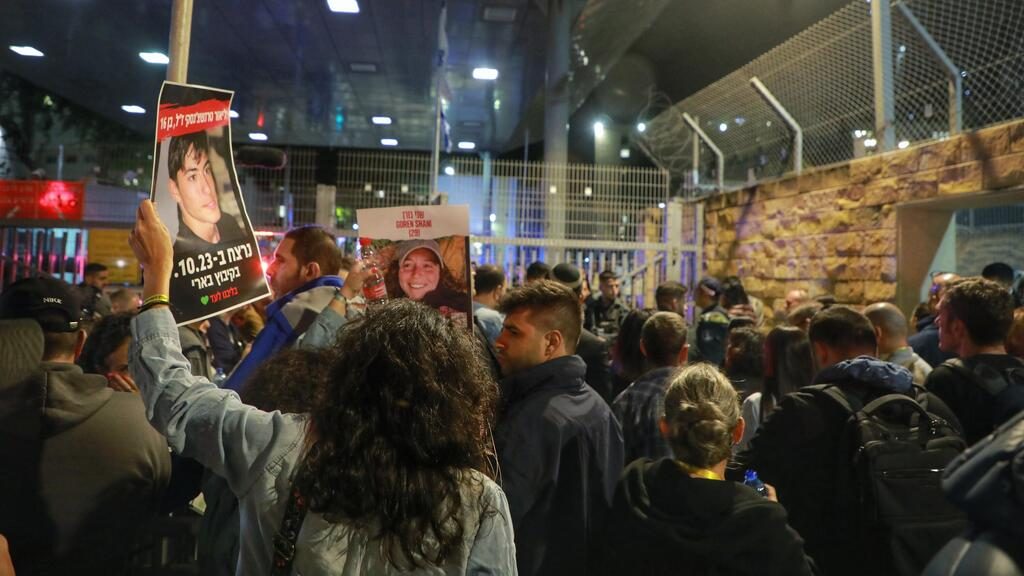
Despite initially rejecting the notion of a truce, Netanyahu and his government have faced significant pressure in recent days, particularly from the families of the prisoners.
This mounting pressure comes as a response to the Israeli army’s failure, after 48 days of aggression against Gaza, to secure the release of the prisoners or gather any information about their whereabouts. The public demand for a resolution, particularly from the families directly affected, has influenced the Israeli stance.
It is noteworthy that two extreme right-wing ministers within the Israeli government, Finance Minister Bezalel Smotrich and National Security Minister Itamar Ben Gvir, have maintained their opposition to the proposed deal despite these pressing circumstances.
The differing perspectives within the government underscore the complex considerations and internal debates surrounding the decision-making process regarding the truce and the potential release of prisoners.
This comes as the toll of the Israeli aggression on Gaza has surged to over 14,532, with a staggering number of casualties, including more than 6,000 children and 4,000 women. The distressing statistic reveals that a significant 69% of the martyrs were children and women. The toll of the injured has climbed to 35,000, with more than 75% of them being children and women.
The negotiation of the truce agreement and impending humanitarian ceasefire in the Gaza Strip signifies a pivotal moment in the conflict’s trajectory.
As the Qatari foreign ministry readies itself to unveil the timeline for the imminent ceasefire, the perceptible ramifications of this accord come to the fore, proffering a much-needed respite for the affected Gazans. The Israeli enemy’s recognition of the terms, propelled by the exigencies of its military endeavors, signifies a discernible strategic realignment in the pursuit of a durable resolution. In the days to come, the unfolding narrative will unveil the measure to which this truce engenders a conducive atmosphere for protracted negotiations and endeavors to address the acute humanitarian needs that have been a casualty of the prolonged conflict.
Source: Al-Manar English Website

